When you're out of Aleppo pepper, these top 7 substitutes will save your dish instantly. Here's a quick comparison of heat levels, flavor profiles, and ideal uses:
1. Ancho Chili Powder: Sweet, smoky, mild heat (1,000–2,000 SHU) – perfect for soups, sauces, and Mexican dishes.
2. Crushed Red Pepper Flakes: Sharp, vinegary bite (25,000–30,000 SHU) – use half the amount for pizza, pasta, or marinara. Lacks fruitiness but widely available.
3. Paprika + Cayenne Mix: Customizable heat (paprika ~500 SHU + cayenne ~30,000 SHU) – ideal for rubs, grilled meats, and stews. For 1 tsp Aleppo pepper, use ¾ tsp paprika + ¼ tsp cayenne.
4. Marash Pepper: Oil-rich, fruity, similar heat (10,000–15,000 SHU) – closest match for Turkish cuisine, oils, and rubs. Use equal amounts.
5. Hatch Chile Powder: Earthy, roasted green tones (2,500–5,000 SHU) – best for salsas and Southwest dishes. Seasonal but versatile.
6. Urfa Biber: Smoky, raisin-like intensity (30,000–35,000 SHU) – perfect for kebabs and rich meat dishes. Use sparingly due to high heat.
7. Mexi-Bit or California Chili Powder: Mild, slightly fruity – great for everyday cooking when you need subtle warmth.
| Substitute | Heat Level (SHU) | Flavor Notes | Best Used In | Texture Match? |
|---|---|---|---|---|
| Aleppo Pepper | 10,000 | Fruity, earthy, moderately spicy | Mediterranean dishes, dips, grilling | Yes |
| Ancho Chili Powder | 1,000–2,000 | Smoky, sweet, deep red color | Soups, sauces, Mexican dishes | Moderate |
| Crushed Red Pepper Flakes | 25,000–30,000 | Sharp, vinegary, dry bite | Pizza, pasta, marinara | No |
| Paprika + Cayenne | Custom (mix ratio) | Sweet + heat blend | Rubs, grilled meats, stews | Moderate |
| Marash Pepper | 10,000–15,000 | Oil-rich, fruity, similar to Aleppo | Turkish cuisine, oils, rubs | Yes |
| Hatch Chile Powder | 2,500–5,000 | Earthy, fresh, roasted green tones | Salsas, southwest dishes | Moderate |
| Urfa Biber | 30,000–35,000 | Smoky, raisin-like, intense | Kebabs, rich meat dishes | No |
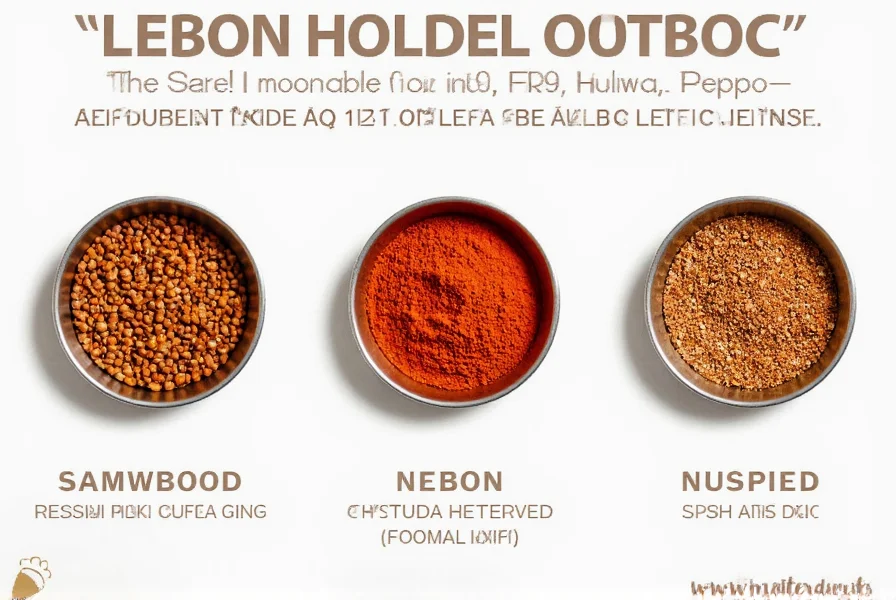
Buying Guide: What to Look For in an Aleppo Pepper Alternative
When shopping for substitutes, prioritize these features:
- Flavor Profile: Seek balance of sweetness and spice to mimic Aleppo's nuanced taste.
- Heat Level: Match to your audience – mild for kids, bold for spice lovers.
- Texture: Aleppo is flaky; choose flake-style options like Marash for toppings.
- Usage Context: Raw dips need fresh flavors; stews benefit from roasted notes.
- Brand Reputation: Trust Penzeys, McCormick Gourmet, or artisan shops for quality.
Product Spotlight: Top Recommended Spice Brands
- Penzeys Spices – Ancho Chile Powder
- Features: Rich, full-bodied flavor with no additives
- Use Case: Soups, moles, spice blends
- Who Needs It: Home cooks who love Southwest and Latin flavors
- Occasion: Everyday cooking or themed dinner nights
- McCormick Culinary – Crushed Red Pepper
- Features: Consistent heat and vibrant color
- Use Case: Pizza, pasta sauces, marinades
- Who Needs It: Italian food lovers and pizza night regulars
- Occasion: Quick weeknight meals or casual dinners
- Zahr Spices – Urfa Biber
- Features: Smoky, complex, small-batch Turkish spice
- Use Case: Meats, grilled vegetables, finishing touch
- Who Needs It: Flavor explorers and gourmet chefs
- Occasion: Dinner parties, special occasions
How to Use Substitutes in Recipes
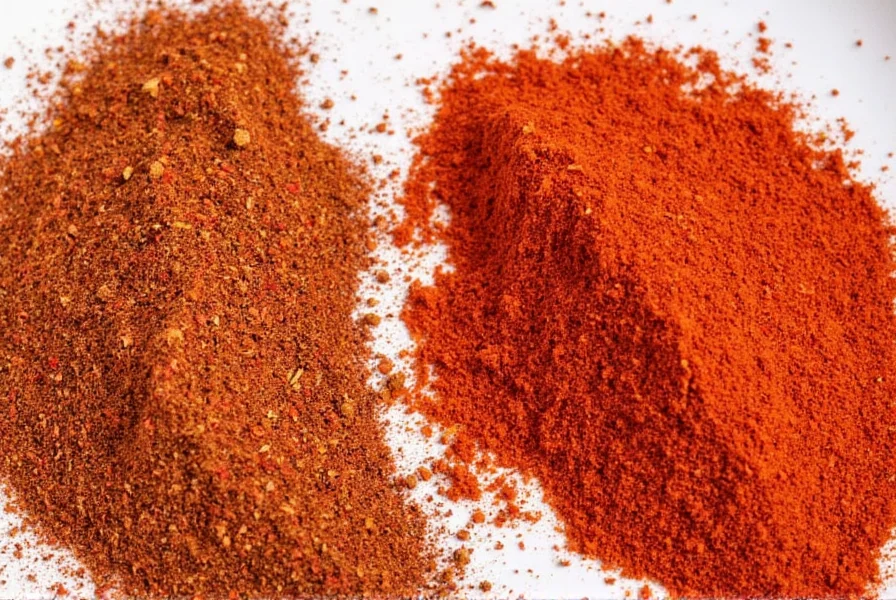
- Start Small: For hotter substitutes like cayenne or Urfa, use half the amount and adjust.
- Add Later: Add flaked substitutes toward the end of cooking or as garnish to preserve flavor.
- Olive Oil Magic: Toast substitutes in olive oil first to unlock aroma before adding to dishes.
- Balance Flavors: Counteract heat with acid (vinegar, lemon juice) or sweetness (honey, sugar).
- Pair Smartly: Mild substitutes with strong herbs (oregano, thyme); bold ones with cooling ingredients (yogurt, cucumber).
FAQs About Aleppo Pepper Substitutes
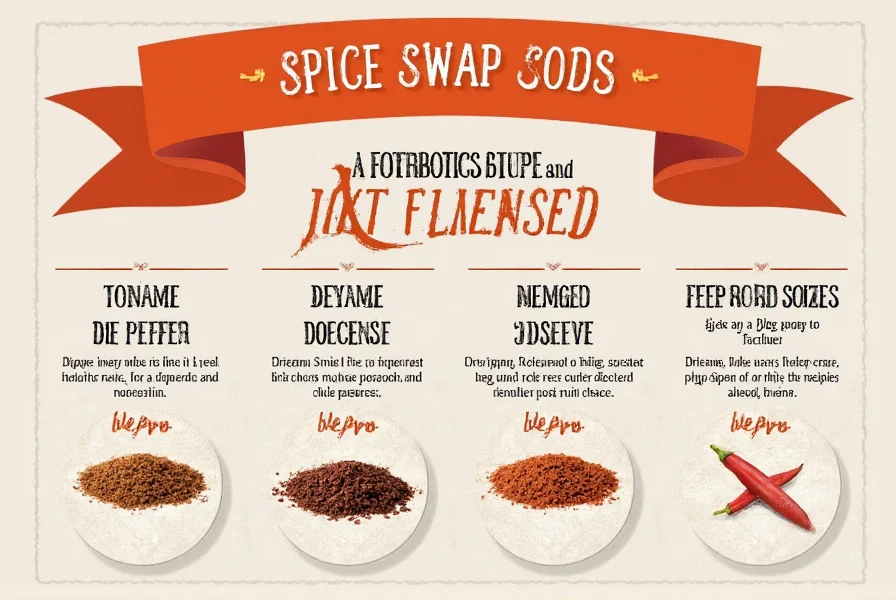 Can I use paprika instead of Aleppo pepper?
Can I use paprika instead of Aleppo pepper?
You can — especially if you mix it with a dash of cayenne to mimic the heat. Paprika alone is too mild, but it's a great base for customization. For every teaspoon of Aleppo pepper, try ¾ tsp paprika plus ¼ tsp cayenne.
Is crushed red pepper a good swap for Aleppo pepper in shakshuka?
It works in a pinch but lacks Aleppo's fruitiness. For authentic shakshuka flavor, use half the amount of crushed red pepper and add a splash of red wine vinegar to mimic the complex tang. Marash pepper makes an even better substitute here.
How should I store Aleppo pepper substitutes to maintain freshness?
Keep all chili substitutes in airtight containers away from light and heat. Flaked varieties like Marash or Urfa Biber last 6-12 months, while powdered options (ancho, paprika) stay fresh for 1-2 years. Never store near the stove – heat degrades flavor compounds rapidly.
Is crushed red pepper a good general swap?
It's available everywhere and brings the heat, but it lacks the fruity depth of Aleppo. Use sparingly (about half the amount) and pair with olive oil or vinegar to add complexity. Best for Italian dishes where Aleppo might not be traditional anyway.
Where can I buy Aleppo pepper online?
Websites like Penzeys, Zahr Spices, and Amazon carry high-quality Aleppo pepper. Always check reviews and sourcing details before purchasing – authentic Aleppo pepper should have visible oil sheen and brick-red color.
Is there a difference between Aleppo pepper and Marash pepper?
Yes — both come from Turkey and Syria and share similarities, but Marash is slightly spicier (10,000-15,000 SHU vs 10,000) and oilier, making it the closest match flavor-wise. Use equal amounts when substituting.
Can I make my own Aleppo pepper substitute?
Absolutely! Combine 2 parts mild paprika, 1 part cayenne, and ½ part dried oregano. Add a pinch of salt and toss with 1 tsp olive oil to mimic Aleppo's signature oily texture. Store in the fridge for up to two weeks.
Final Thoughts
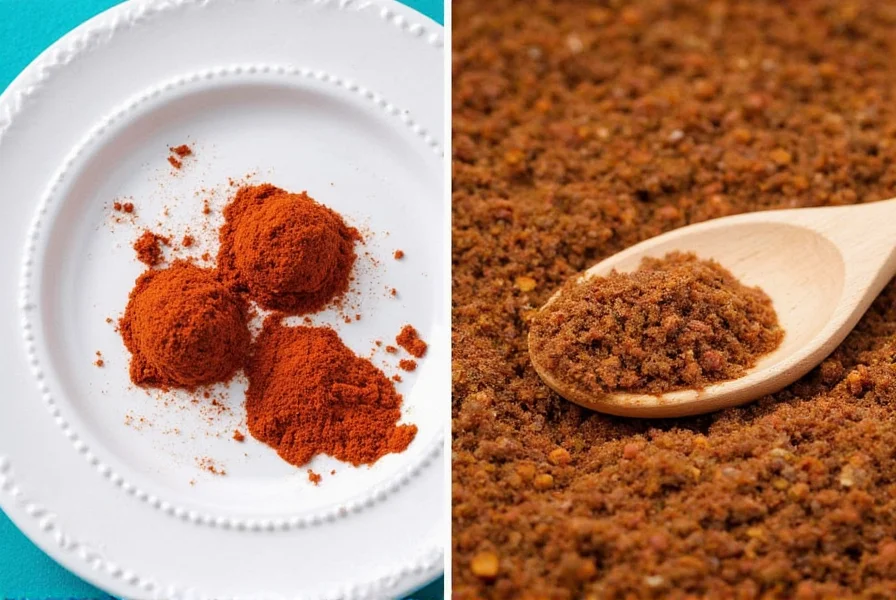
Aleppo pepper is a culinary gem, but it doesn't have to be a dealbreaker in your kitchen. With the right substitution strategy, you can recreate — or even improve upon — its magic using what’s already on hand.
Remember: spices aren’t just about heat. They’re about layering flavor, adjusting intensity, and bringing your personal flair to every dish. Whether you're whipping up mezze platters or experimenting with fusion flavors, knowing how to substitute Aleppo pepper opens new doors to creativity.
So next time you reach for that iconic brick-red chili and find it missing, smile — because now, you know exactly what to do.

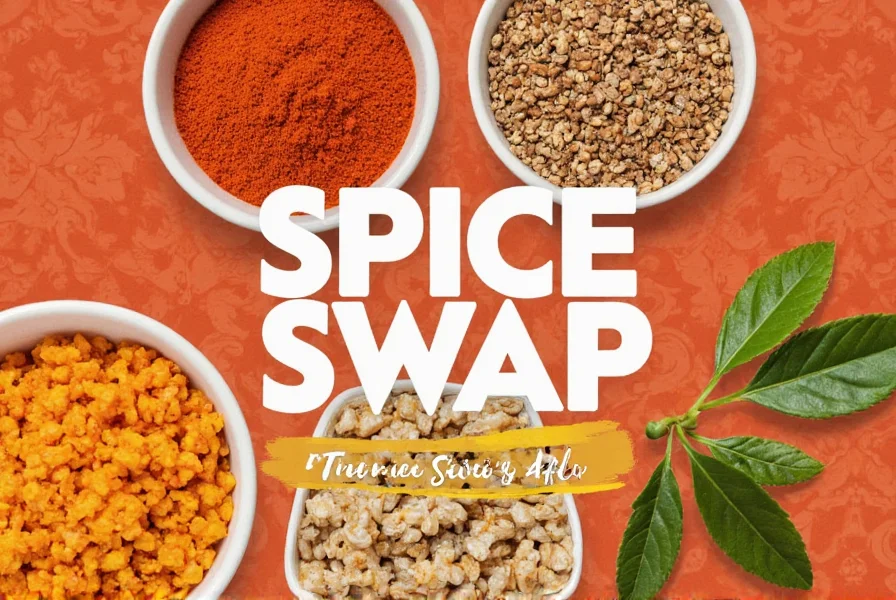









 浙公网安备
33010002000092号
浙公网安备
33010002000092号 浙B2-20120091-4
浙B2-20120091-4